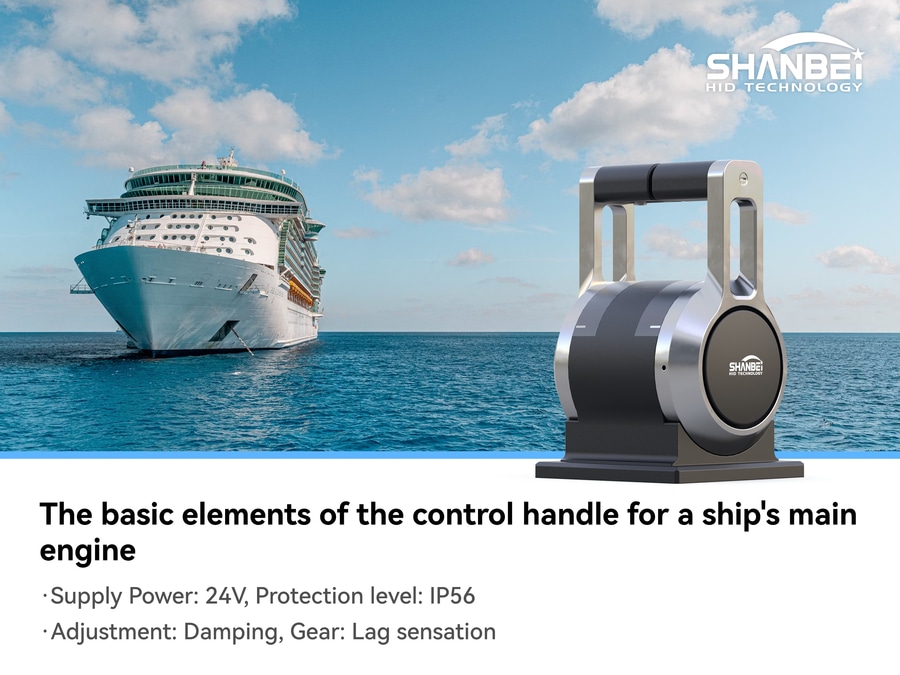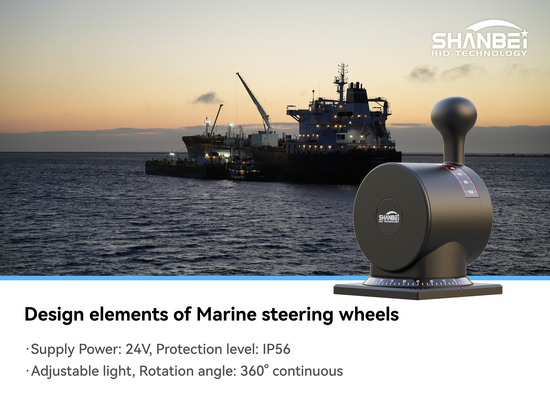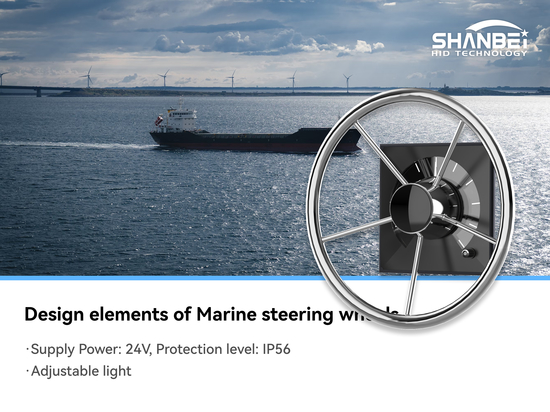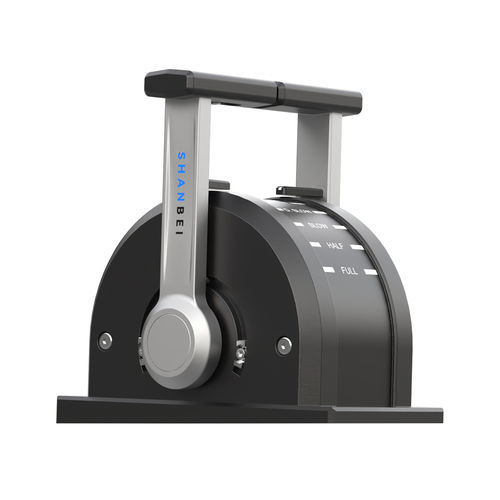
#Product Trends
The basic elements of the control lever for a ship's main engine
The control lever of a ship's main engine is the core interactive device that connects the operator with the main engine. Its design must meet the safety, reliability, operability and environmental adaptability of the ship's navigation.
I. Operating Functions
1. Speed control: It can be continuously or steply adjusted (idle speed to rated speed), with controllable precision.
2. Direction control: Clearly defined forward/neutral/reverse gear positions, with anti-misoperation design (if switching requires going through neutral gear).
-------------------------------------
II. Signal Transmission
1. Mechanical transmission: Connected by steel cables/tie rods, suitable for small ships.
2. Electrical signal transmission: Analog (0-10V/4-20mA) or digital signals (CAN bus, etc.) are used, compatible with ship system protocols, and have strong anti-interference ability.
-------------------------------------
III. Human-computer Interaction
1. Feel: Ergonomic, anti-slip material, and moderate operation force.
2. Feedback: Equipped with speed/gear indicator light, fault alarm, and partial distribution screen display of key parameters.
-------------------------------------
IV. Safety Protection
1. Prevent misoperation: When switching directions, transition to neutral gear to avoid impact on the main unit.
2. Redundant design: Dual-channel transmission of key signals, uninterrupted control in case of single-channel failure.
-------------------------------------
V. Environmental Adaptation
1. Protection: Grade ≥IP54 (moisture-proof, salt spray resistant), some reach IP65.
2. Material: Made of corrosion-resistant materials (such as 316 stainless steel, etc.) and vibration-resistant.
3. Temperature: Adaptable to -20 ℃ to 60℃ (expandable in extreme areas).







